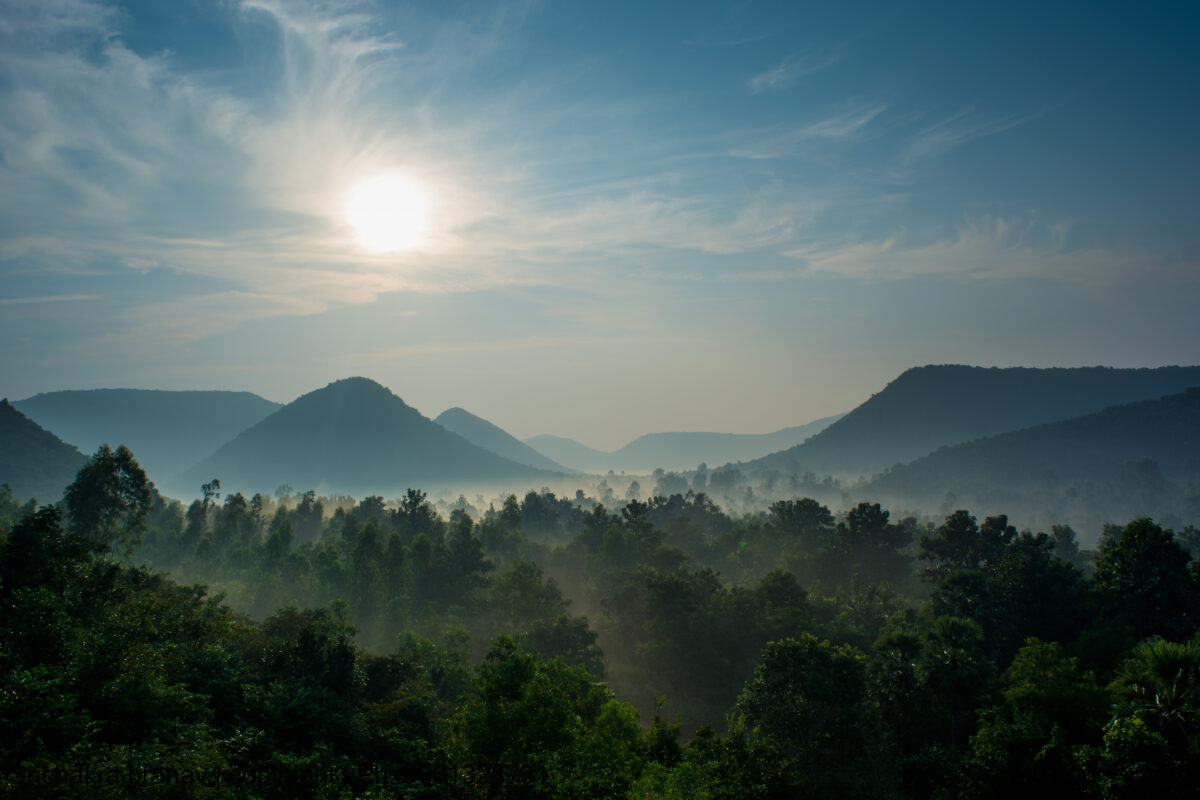The media has focused on the 1.5 degree Celsius warming target and the impact of El Nio this year. While exceeding this temperature threshold is reason for concern, the exaggerated end-of-the-world narrative around the climate issue should be reconsidered.
The main idea
The Paris Agreement’s ambition of limiting global warming to 2 degrees Celsius by 2100 has been hailed as a monumental achievement. Nonetheless, despite more than two decades of agreements, global carbon emissions have not slowed. Furthermore, the aim was not arrived at scientifically. Instead than focusing on dire scenarios, it is critical to handle the climate crisis from a more balanced standpoint.
What is the target temperature of 2 degrees Celsius?
- The Paris Agreement was adopted by nearly all governments of the globe in 2015, during the United Nations Climate Change Conference (COP21) in Paris.
- The agreement’s main goal is to keep global temperature rise below 2 degrees Celsius above pre-industrial levels.
- The 1.5 degree Celsius objective was set in response to concerns expressed by vulnerable countries, notably tiny island governments.
- To meet the 2°C target, countries must submit nationally determined contributions (NDCs) outlining their intended efforts to reduce greenhouse gas emissions.
- To combat climate change, the Paris Agreement emphasises the significance of global cooperation and collaborative action.
What exactly are Earth System Models (ESMs)?
- ESMs are sophisticated computational models that climate scientists use to mimic the Earth’s climate system.
- These models are intended to reflect the interactions and feedbacks between diverse Earth system components such as the atmosphere, oceans, land surface, ice, and biogeochemical processes.
- These models solve these equations numerically over a global grid, allowing scientists to mimic climate processes and changes on both short and long time scales.
Key concerns regarding 2 Degrees target
- The 2 degree Celsius objective was not developed on the basis of solid scientific data or a thorough grasp of the potential consequences of such warming.
- Despite worldwide efforts and obligations under the Paris Agreement, global carbon emissions have not decreased significantly.
- The 2 degrees Celsius target may be insufficient to overcome regional variability in climate impacts.
- Climate predictions using ESMs struggle to effectively mimic regional-scale climate fluctuations, particularly in regions like the Indian subcontinent.
- There are concerns regarding the ability to differentiate between the effects of 1.5 and 2 degrees Celsius warming and to build region-specific climate adaptation programmes.
India faces uncertainty
- Uncertainties in ESMs make predicting regional climate impacts at the scale of the Indian subcontinent problematic.
- Water supply, precipitation patterns, and glacial melt in the Himalayas are all affected by climate change. The unpredictability of these factors can have serious consequences for India’s total water security.
- Climate prediction uncertainties have an impact on India’s agricultural sector, making it difficult to predict crop yields and plan for food security.
- Coastal areas in India, especially major cities such as Mumbai and Kolkata, are exposed to the effects of rising sea levels, increasing the danger of flooding and coastal erosion.
- Climate change has the potential to increase health difficulties such as heat-related illnesses, vector-borne infections, and air pollution. Uncertainties about how climate change affects disease patterns make effective public health measures difficult to develop and implement.
Source: https://www.thehindu.com/sci-tech/energy-and-environment/predicting-climate-change-carbon-emissions-failure/article67109068.ece










